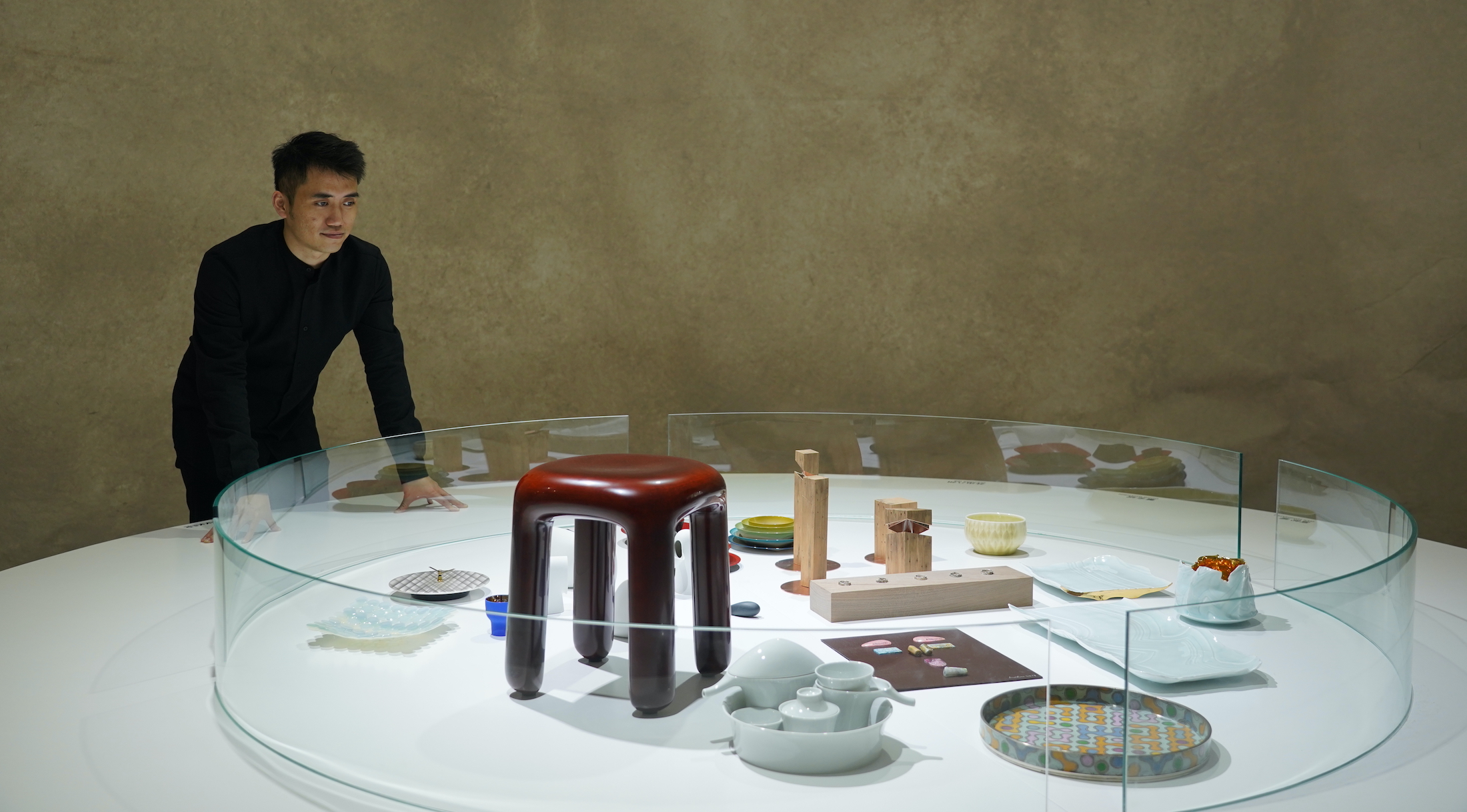In the latest of our Designer Q&A series, Effect speaks to Chen Min, a globally renowned designer with clients from Nike to de Sede, and the founder of Neooold—one of the key studio partners of Design Shanghai.
One of the strengths of leading design fairs such as Design Shanghai is their ability to project talent around the world. And at an event hosted in London earlier this year, Design Shanghai did just that by introducing the designer and founder of the Neooold studio, Chen Min.
Min is no stranger to Europe, however, having worked and studied design in Cologne, Amsterdam and Milan. And in 12 years since setting up his studio in Hangzhou, Min has built up an enviable roster of stellar global clients including Nike, Swarovski, de Sede and Loewe.
The polyglot Min – who speaks seven languages fluently – considers that design itself is a language, and his involvement with Design Shanghai – where Min is both exhibitor and one of its main curators – is a manifestation of his belief that design can communicate on a level that other languages cannot. Min is also intrigued by the areas where Chinese and Western design differ and combine, a topic he is uniquely well-placed to comment on.
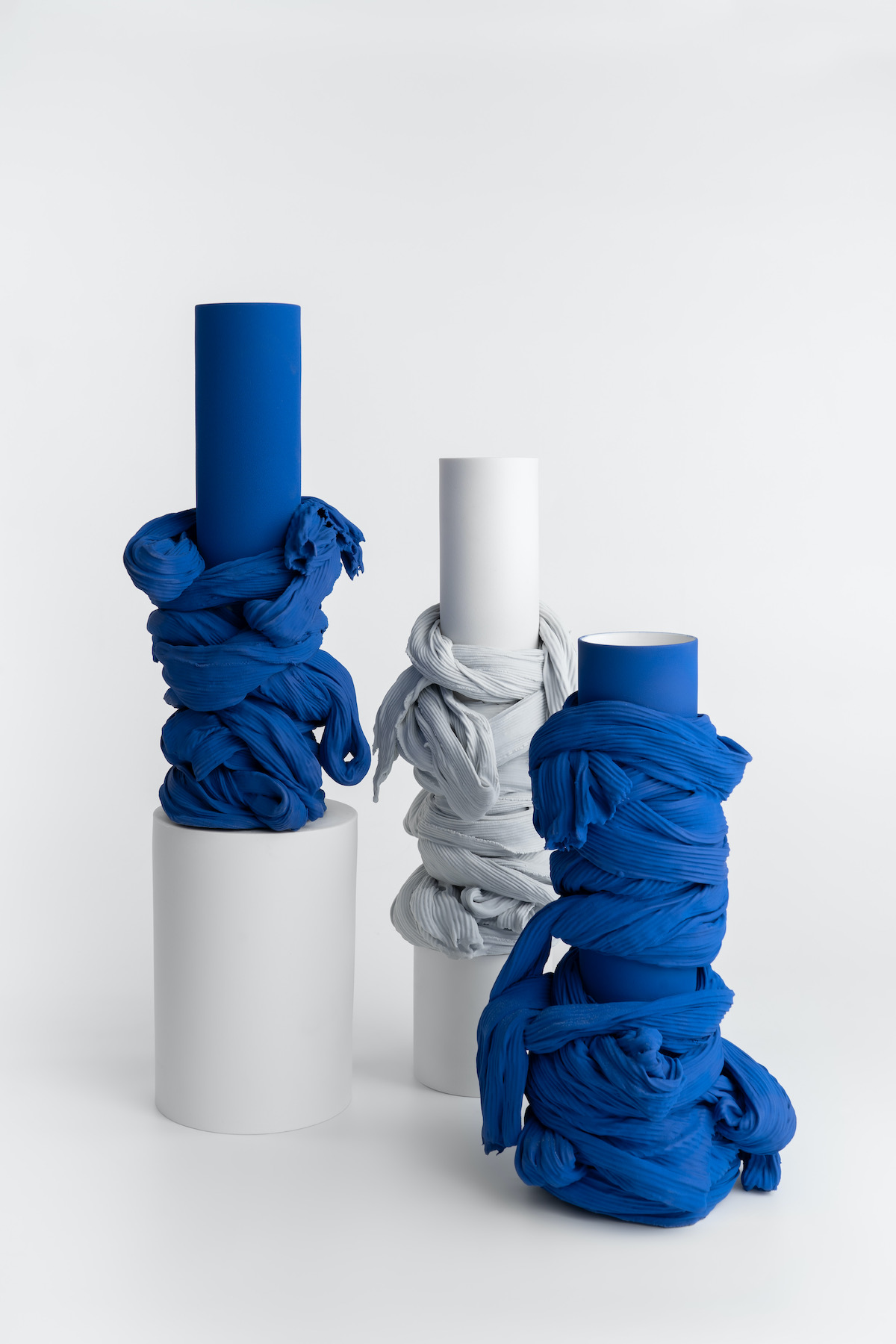

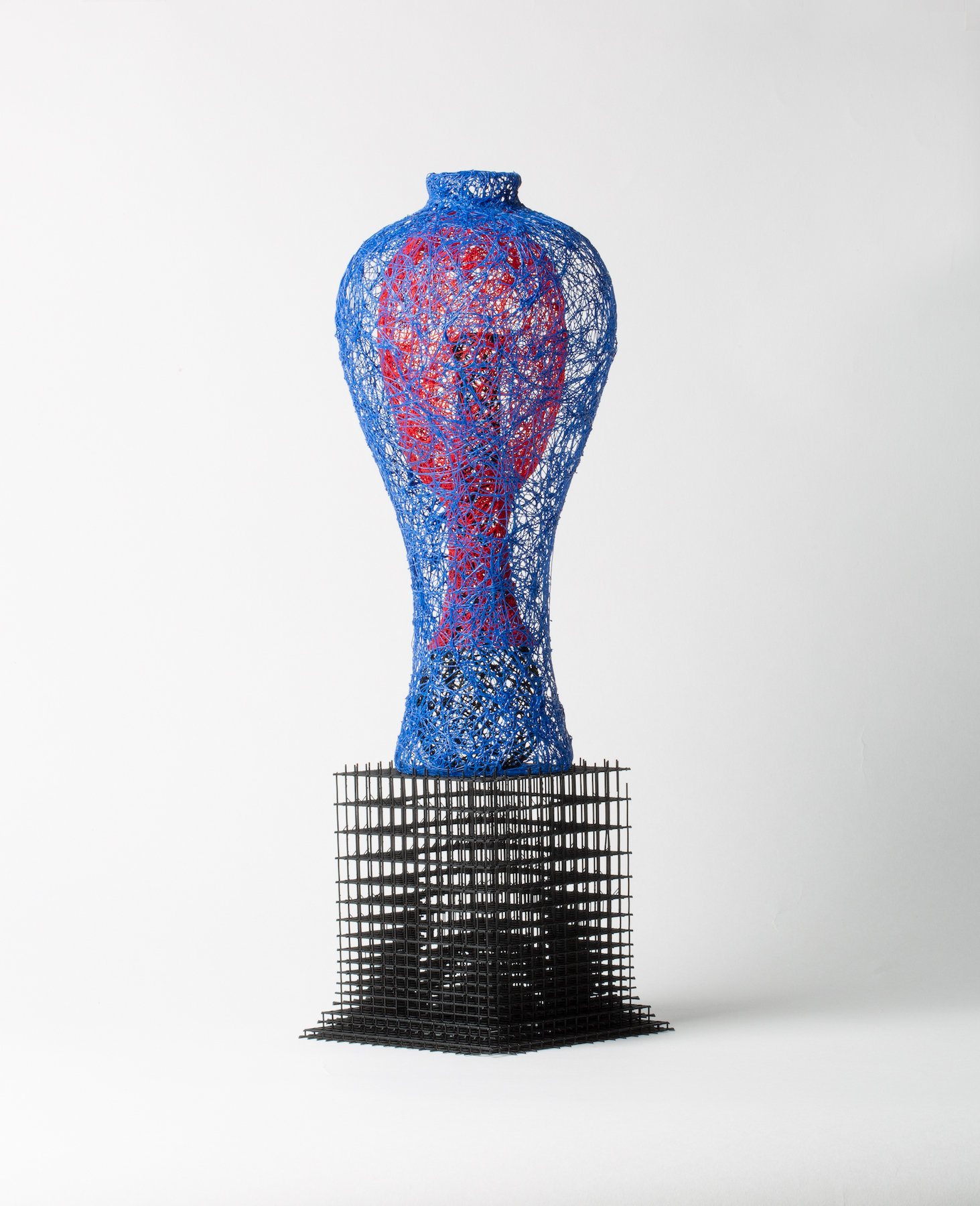
Having met Min in London, we were keen to learn more about the trailblazing designer and his impressive body of work. Here’s what he has to say:
How would you describe your design philosophy?
I always believe design is a way of communication. I have learnt and developed my philosophy over the years from inspirations such as my teachers, culture, news and interviews from my design heroes. But one thing I have always questioned and explored is: if design is a language, how do you speak Chinese in the world of design? I feel bringing the different languages of the world into design creates a more harmonious outlook, creating a design industry and wider culture that I’ve been longing for.
What are the benefits of design’s power as a tool of communication?
People always say music is the second language of human beings and I think design has that kind of communication ability, too. Musicians jam to converse; designers exchange ideas by experiencing results of design, whether it’s a poster or graphics, an object or a product, a set of UI, or architecture. The advantage of communication via design is no doubt the hidden messages in the forms that one can interpret from the process of thinking and making, and it hasn’t necessarily come into being on purpose.
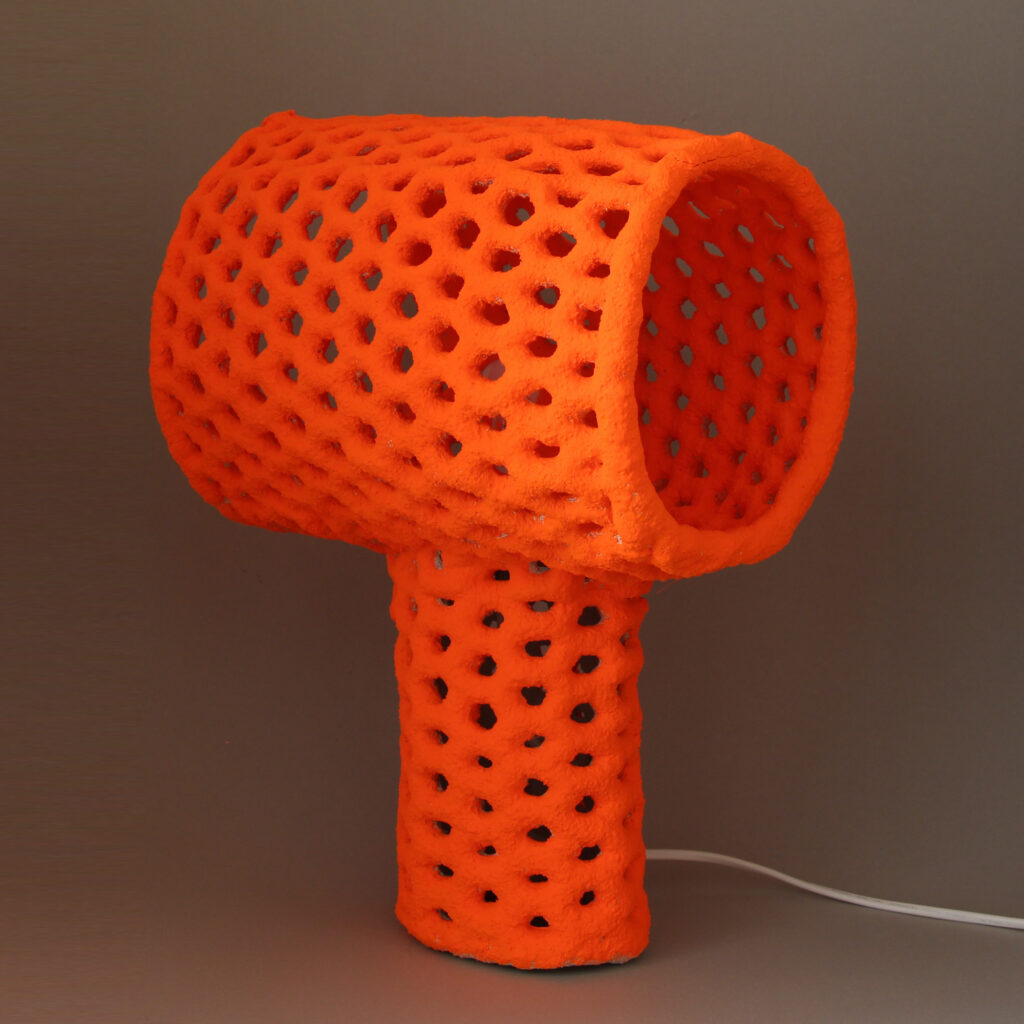
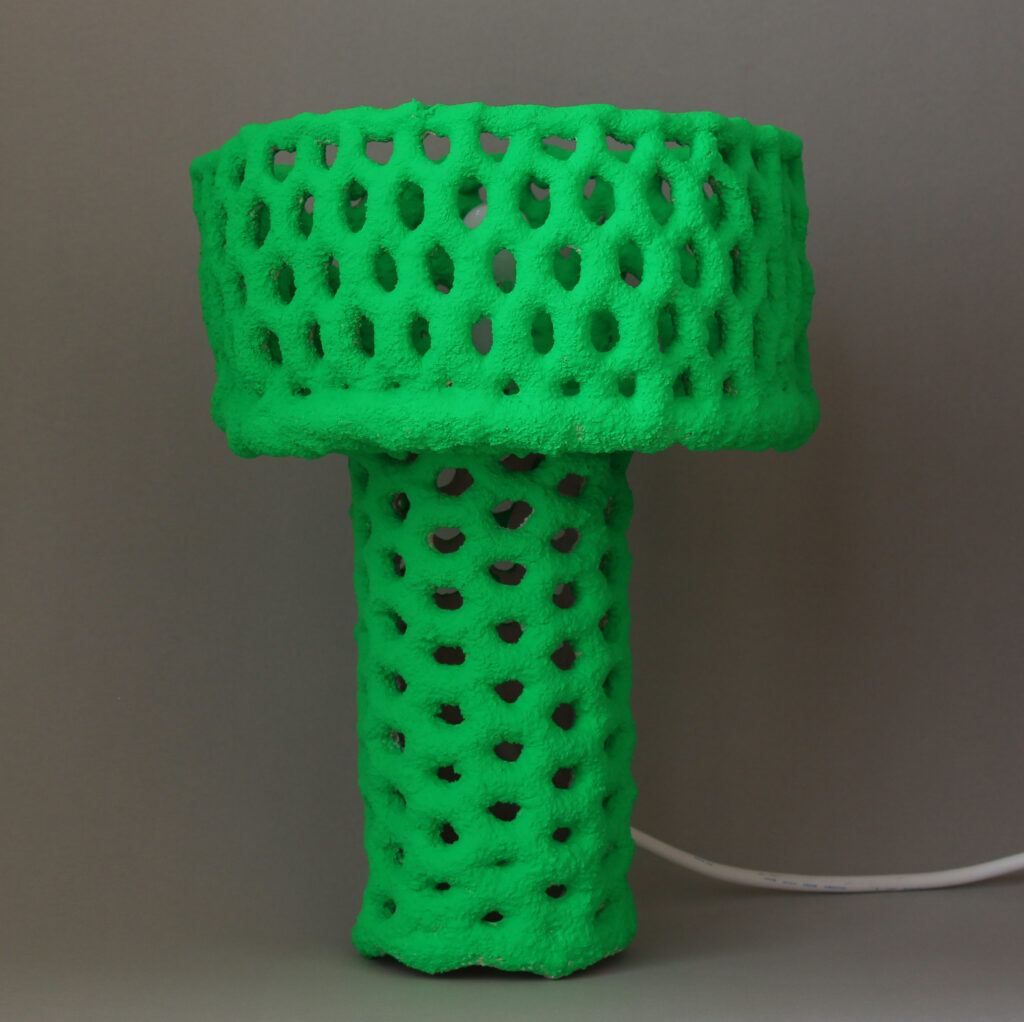
I still clearly remember when I visited the ruins of Pompeii and I found a small fountain in the centre of a square. There was an irregular bulge around the edge of the stone fountain pool; I stared at it for a while and immediately understood that people used to drink water from the fountain, and their hands had been seizing the stone edge and the bulge must have been formed through decades of use. That moment gave me goosebumps.
If design is a language, how do you speak Chinese in the world of design?
Chen Min
What does participating in Design Shanghai mean to you?
In many cases, design is not a job that can be done individually; it’s a social subject and a collaborative process. Therefore, for designers, good industry vision and relationships are as important as excellent professional skills. I believe participating in the industry’s top fairs is a necessary learning and networking opportunity. This is my original motivation to take part in Design Shanghai, and I am also very grateful to Design Shanghai for accompanying me in my development and even giving me the chance to become one of its main curators.
How would you describe the work of your design studio, Neooold?
In Neooold, we are constantly searching for a confluent creative force that combines the merits of art, craft, and design. The works we have chosen not only demonstrate the multiple dimensions of traditional craft innovation from an international perspective, but also break down the barriers between traditional crafts, art, and design, showing a trend of integrated innovation. So far, we have mainly concentrated on traditional culture and crafts in China – hopefully, we can spread the beauty and essence of Chinese culture while learning from other cultures to enrich our works.
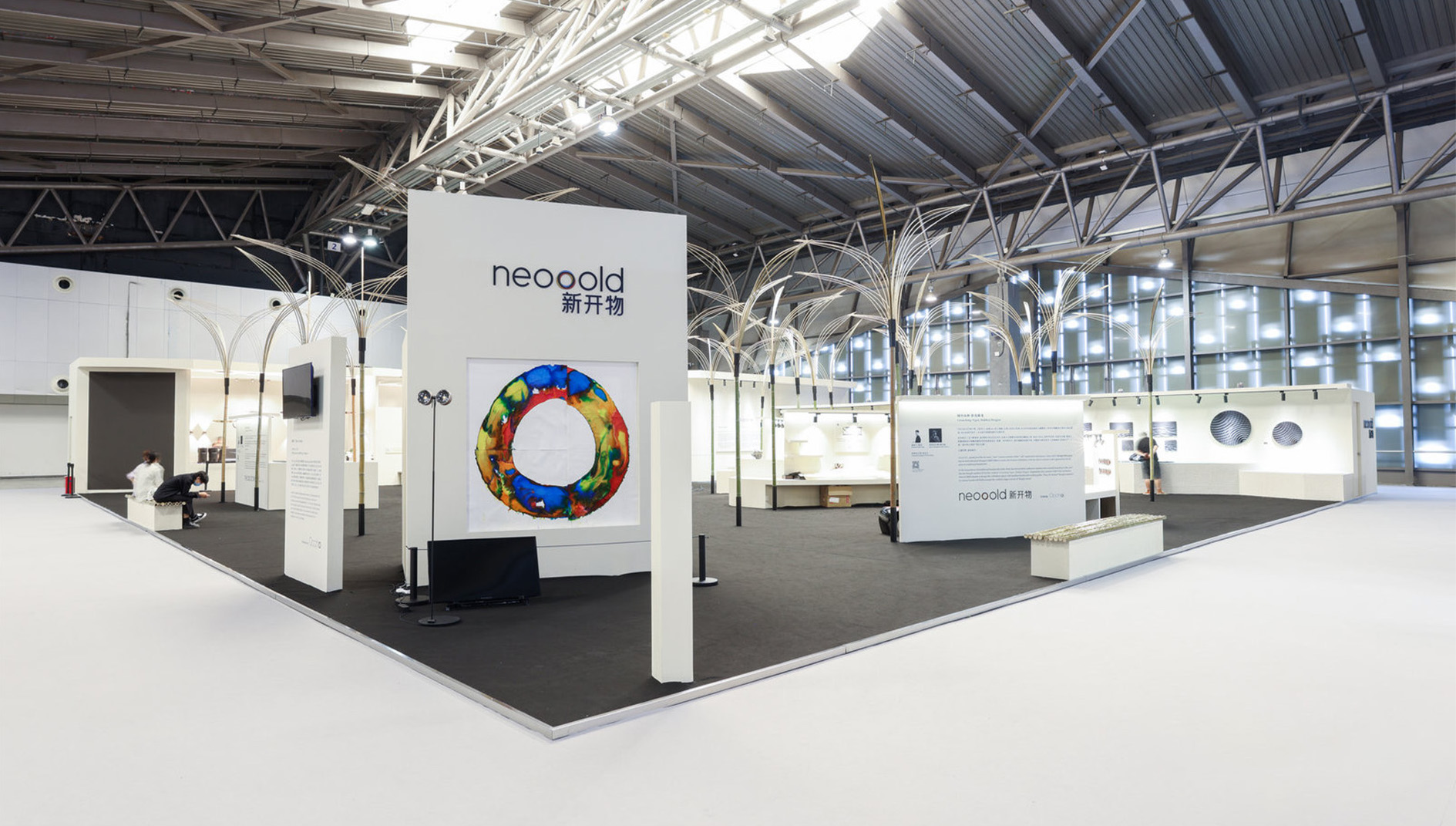
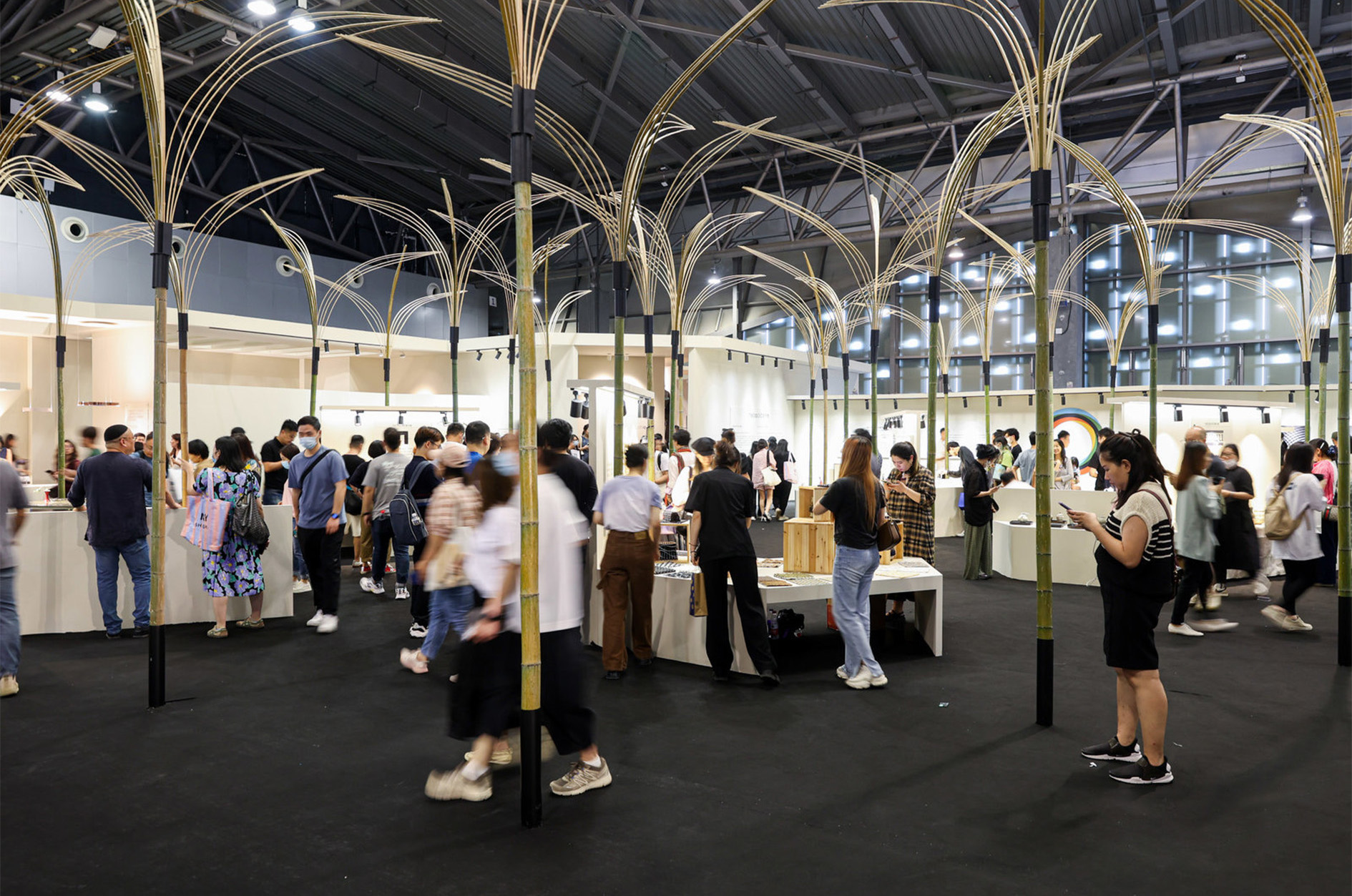
What do you believe are the main differences between the contemporary design worlds of China, Europe and America?
The differences are deeply rooted in the culture and tradition. Let’s again take language as an example: Western alphabets were created upon specific creature or object images – for example, “a” is from “α”, which was abstracted from the image of a bull’s head. However, the Western language system didn’t follow its alphabet creation logic. The letters were used as elements to form words, which have completely different meanings than the letters’ form-origins. Words formed sentences, and then evolved to become languages. Language constructs people’s basic thinking logic. I personally think the logic of Western languages is very close to the logic of design, and Europe still plays the leading role in the world of design due to its profound cultural and historical accumulation.
The more you can stand in each other’s shoes, the closer you can get to a successful collaboration.
Chen Min
On the other hand, Chinese is a pictograph, meaning every character was created according to the actual object form or scene. Under such logic, Chinese are more used to following after real examples – we always say “seeing is believing”. So, we can already understand a lot of phenomena in the contemporary design world in the above-mentioned three civilisations. As I often mention in my lectures, the West is good at the 0 to 1-type of creation, while the East is better at the 1 to n-type. That’s the reason why I use the word “update” to describe the kind of understanding of design in Chinese culture. We call high-speed railways, shared bikes, express delivery, and mobile payment the New Four Great Chinese Inventions, but none of them were invented in China. However, this doesn’t stop China from getting the most advanced position in these areas. So, if we talk about contemporary design, clearly China is still a young student, and to be more precise, a very good student. I personally have a feeling that we are absorbing and digesting design in our own way, just as we are doing with our food culture.
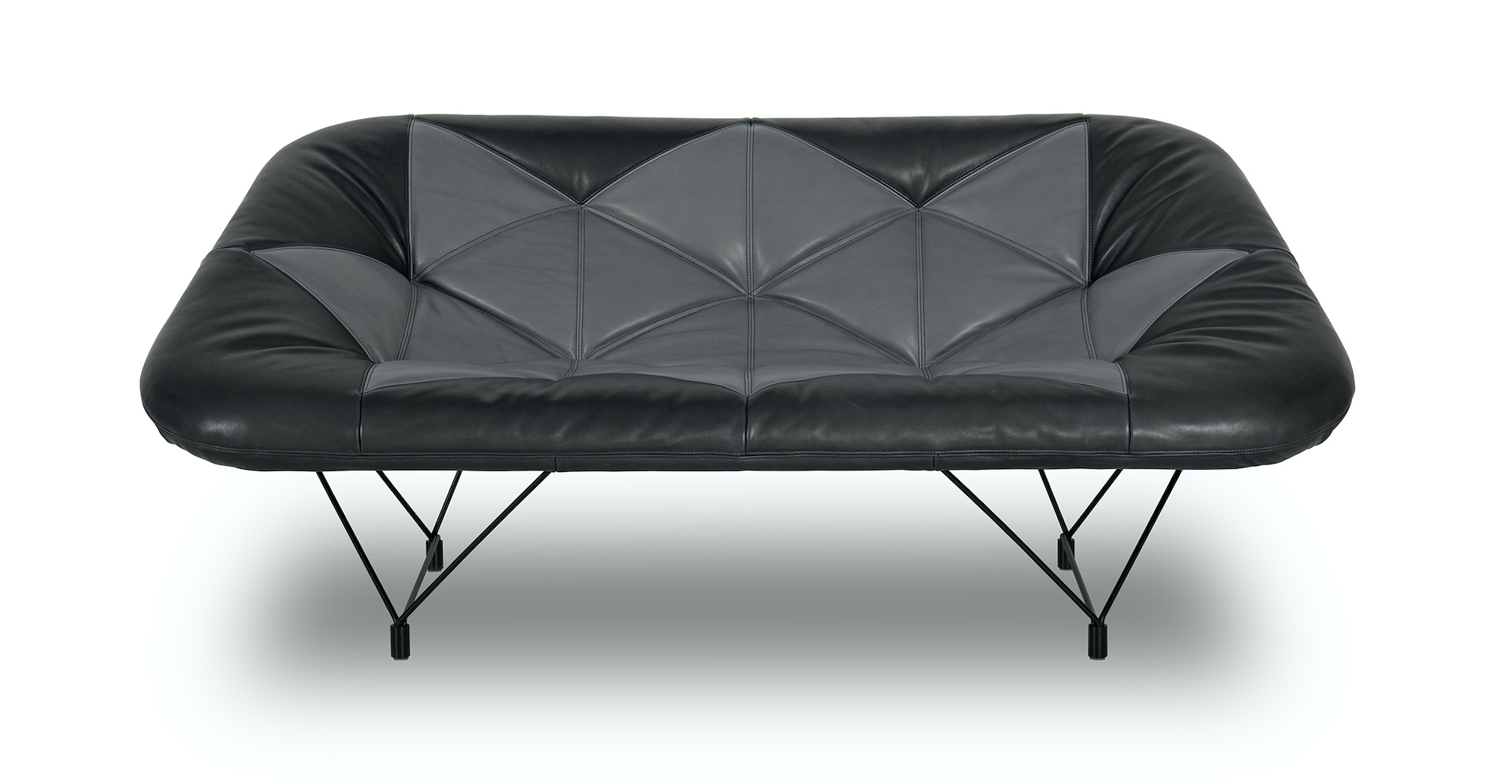
Do you remember the first thing you made?
I think it would be the standing lamp that consisted of three plastic tubes wrapped with micro-prismatic films on its inner surface. The magical film material is already out of production by 3M, but I’m still using it in some spatial and interior projects.
Is there another designer’s work you particularly admire, and why?
I have quite a few design heroes who have inspired and driven me in my career. If I can only mention one, I think it has to be Issey Miyake. He completely broke through any so-called boundaries, no matter if it’s professional, national, or temporal. How to modernise tradition? What is the future of tradition? I think Miyake had given an exemplary answer.


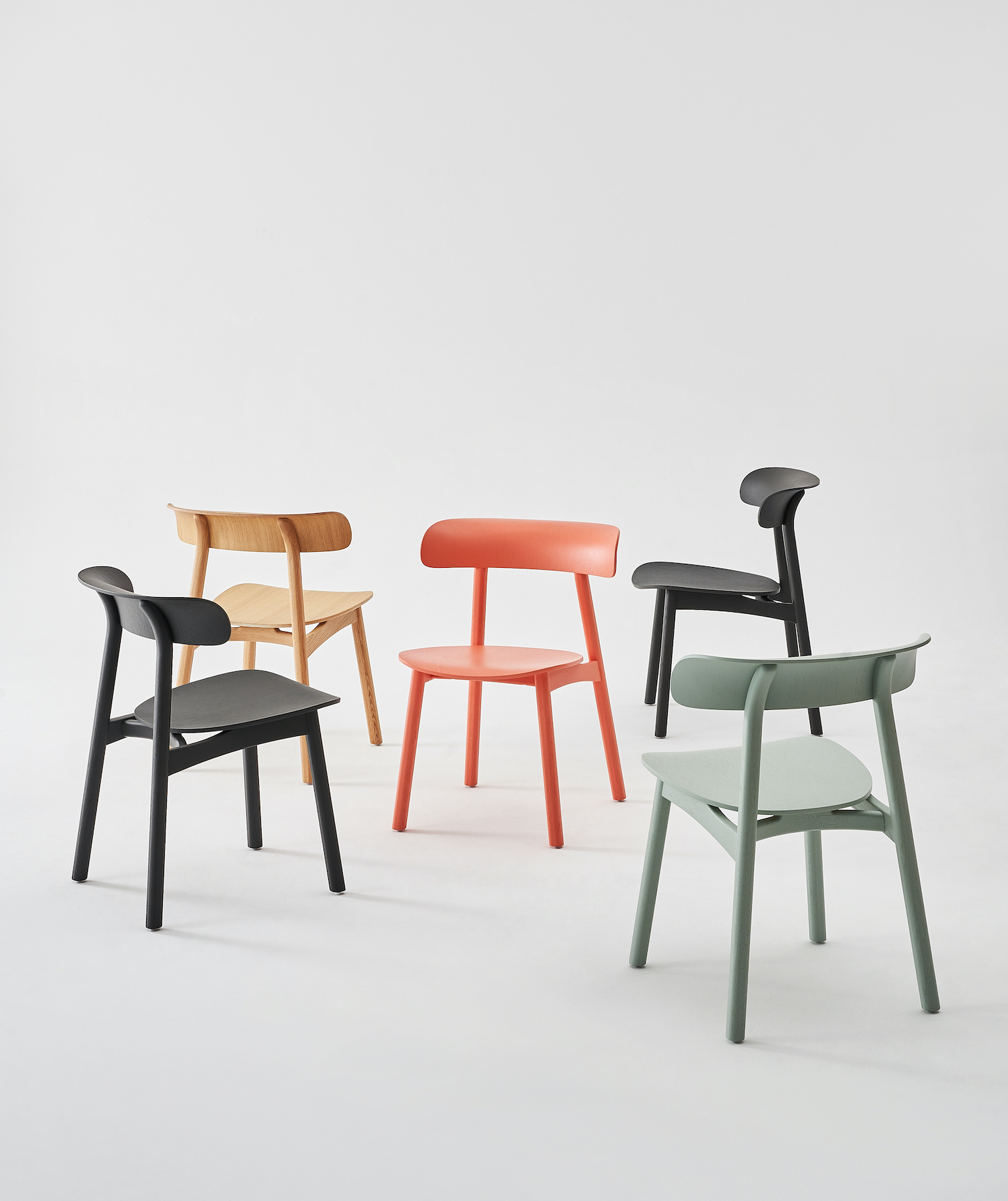
You have collaborated with many prestigious brands such as Nike, de Sede and LOEWE. What advice would you have for other designers on what makes a successful collaboration?
Collaboration with brands is no different than dealing with relationships. Success totally depends on how deeply you understand, respect, and appreciate each other. The more you can stand in each other’s shoes, the closer you can get to a successful collaboration.
Read more: Design | Furniture | Interiors | Makers | Design Fairs | China



